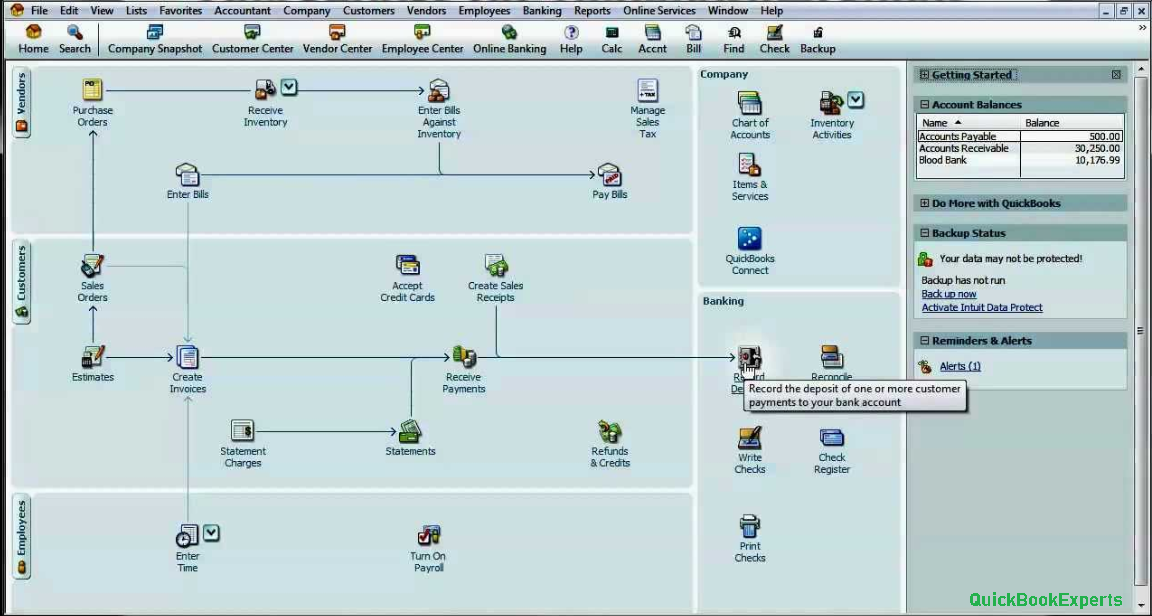Wanna know What’s the Undeposited Learn about the Undeposited Funds account and why it’s important for making bank deposits in QuickBooks.
When you put money in the bank, you often deposit several payments together at once. The bank usually records these as a single deposit.
You also need to group these payments together in QuickBooks so your records match. In QuickBooks, the Undeposited Funds account holds the records of invoices payments and sales receipts so you can group them together. It’s like the lockbox (or drawer) you keep payments in before taking them to the bank.
Having a Question ? Reach Us
Call : Email : Live Chat to an Experts
More Topics : Error: Your system has only xxxMB of free memory


